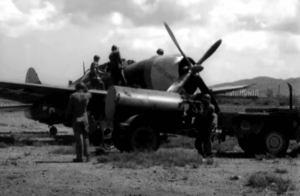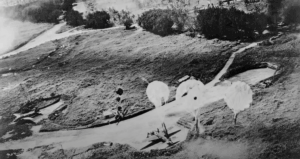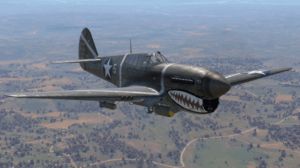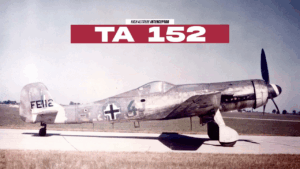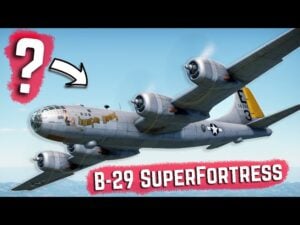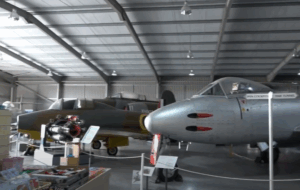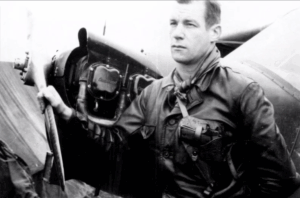Top 5 Most Challenging WWII Aircraft to Fly

Dark Skies / YouTube
World War II was a time of rapid technological advancement, and the development of new aircraft was a crucial part of the conflict. Many of these planes were designed under intense pressure, leading to some that were quite difficult for pilots to handle. Here, we explore five of the most challenging aircraft to fly during the war, each with its own unique set of difficulties that made flying them a demanding task.
Messerschmitt Me 163 Komet

The Messerschmitt Me 163 Komet stands out as one of the most unusual and challenging aircraft of WWII. Designed by the Germans, it was the only rocket-powered fighter to see combat. The Me 163 was remarkable for its speed, able to reach over 30,000 feet in just three minutes. However, its rocket fuel was extremely volatile, leading to frequent explosions on landing. The aircraft’s high speed often caused pilots to overshoot their targets, making accuracy difficult. Additionally, once the fuel was exhausted, the Me 163 had to glide to the ground, which made landing a hazardous maneuver.
Vought F4U Corsair

The Vought F4U Corsair, with its distinctive inverted gull-wing design, presented its own set of challenges. The design, while providing excellent performance, also created problems for carrier operations. The Corsair’s long nose obstructed forward visibility during takeoff and landing, necessitating a curved approach to land safely. The powerful 2,000-horsepower engine could cause torque roll if not managed properly, adding to the complexity of flying the Corsair.
Hawker Typhoon

The Hawker Typhoon, a British fighter-bomber, was known for its power but also had significant flaws. Early models of the Typhoon were prone to losing their tail sections during high-speed dives. Its large Napier Sabre engine, while powerful, was also prone to mechanical failures. Pilots sometimes experienced carbon monoxide leaks in the cockpit, which could incapacitate them during flight.
Yakovlev Yak-9

The Yakovlev Yak-9, a Soviet aircraft, was crucial on the Eastern Front but required skilled handling. Its narrow landing gear base made the Yak-9 prone to ground looping during takeoff and landing, making these maneuvers particularly difficult. The aircraft’s lightweight construction made it agile in combat but also vulnerable to damage.
Lockheed P-38 Lightning

The Lockheed P-38 Lightning, with its twin-engine design, was different from most WWII fighters. Its unique configuration made it susceptible to a phenomenon known as ‘compressibility,’ which could occur at high speeds and cause the aircraft to become nearly uncontrollable. Pilots had to manage the challenges of differential engine power, which made flying the P-38 a notable achievement.














